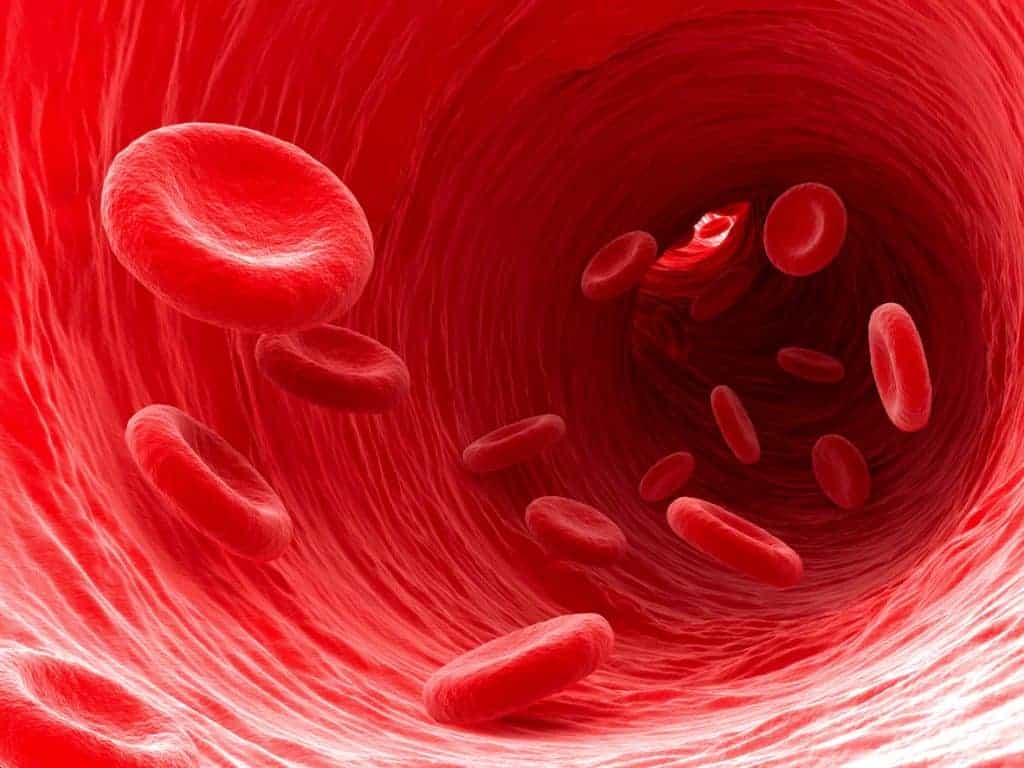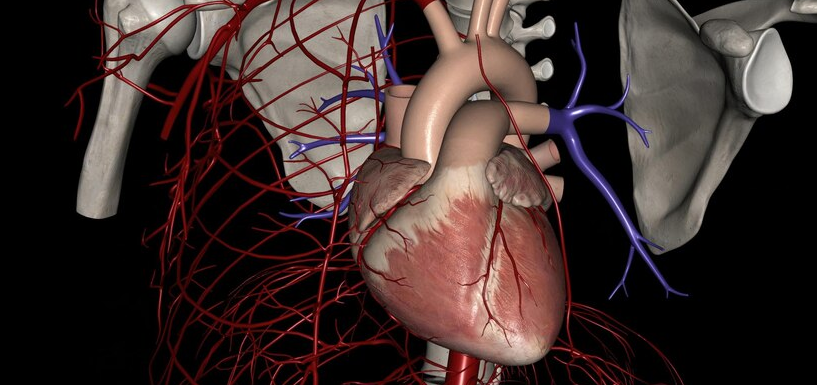The following is a summary of “Emicizumab in people with moderate or mild haemophilia A (HAVEN 6): a multicentre, open-label, single-arm, phase 3 study” published in the March 2023 issue of Haematology by Négrier, et al.
Prophylaxis information for those with less severe forms of hemophilia A is rare in clinical studies. The purpose of the HAVEN 6 study is to evaluate the safety and efficacy of emicizumab prophylaxis in patients with mild to moderate hemophilia A who do not have inhibitors to factor VIII (FVIII). The 22 participating sites in Europe, North America, and South Africa are part of the multicenter, open-label, single-arm, phase 3 HAVEN 6 trial. Persons of any age and weight who have been diagnosed with moderate (FVIII activity 1%-5%) or mild (FVIII >5%-40%) hemophilia A and do not require prophylaxis due to FVIII inhibitors were considered eligible. The initial treatment phase consisted of emicizumab 3 mg/kg of body weight once weekly for 4 weeks, followed by the participant’s choice of maintenance dose of either 1–5 mg/kg once weekly, 3 mg/kg every 2 weeks, or 6 mg/kg every 4 weeks. The study’s primary focus was on safety.
Adverse events, significant adverse events, and adverse events of special interest, such as thromboembolic events and thrombotic microangiopathies, served as safety endpoints. The annualized bleed rate for treated bleeds was used as the primary efficacy outcome. Data were analyzed for those who got at least one dosage of emicizumab. A total of 73 participants were placed in treatment groups between February 10, 2020, and August 31, 2021. At least one dosage of emicizumab was administered to 72 people (51 with moderate [71%], 21 with mild [29%], 69 with male [96%], 3 with female [4%], and 61 with White [85%]). Following up for a median of 55.6 weeks (IQR 52.3-61.6) with a median age of 23.5 years (IQR 12-36.0). Twenty-four (33% of the sample) had affected joints, and thirty-seven (51%) took FVIII as a preventative measure. At least one adverse event occurred in 60 of the individuals (83%); among them, headache (12 [17%]), injection-site response (12 [17%]), and arthralgia (11 [15%]) were the most common.
At least 15 patients (21%) experienced a negative reaction to emicizumab, but none of these reactions were serious enough to warrant stopping the treatment. There were ten major adverse events recorded by eight patients (11%), however, none were caused by emicizumab. No one died, and no thrombotic microangiopathies were seen. No correlation between emicizumab and a thromboembolic event (grade 1 thrombosed hemorrhoids) in 1 patient. The annualized bleed rate was 0.009 (95% CI 0.055–0.52) for bleeds that were attended to. No treated bleeds were found among the 48 individuals (67%). At a median follow-up of 55 weeks, the annualized bleed rates were 101 (95% CI 693-1476) from 24 weeks before the study and 23 (167-312) during the study. These results indicate the usefulness of emicizumab as a therapy option in individuals with non-severe hemophilia A without FVIII inhibitors who require prophylaxis.
Source: sciencedirect.com/science/article/abs/pii/S2352302622003775



















